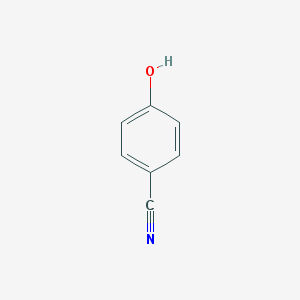History of chemical industry
This article briefly introduces the history of the chemical industry. How the chemical industry has progressed and changed over time. Explore the course of the chemical industry from the early to the 21st century. Chemicals have been manufactured for thousands of years. The history of chemical industry can be traced back to ancient times. At that time, alkali and limestone were combined to make glass, sulfur and saltpeter, which became an explosive similar to modern gunpowder.
Early days of chemical industry:
Chemicals have been manufactured for thousands of years. The history of chemical industry can be traced back to ancient times. At that time, alkali and limestone were combined to make glass, sulfur and saltpeter, which became an explosive similar to modern gunpowder. As early as 7000 BC, craftsmen in the Middle East began to refine alkali and limestone for the production of glass, and the Phoenicians began to produce soap in the 6th century BC. The Chinese invented black gunpowder around the 10th century A.D., which was used as a primitive explosive. In the middle ages, alchemists produced small amounts of chemicals. By 1635, pilgrims in Massachusetts had begun to produce saltpeter for gunpowder and chemicals for tanning. However, the large-scale chemical industry developed for the first time in the 19th century.
Industrial Revolution:
The emergence of chemical industry as an independent branch is related to the industrial revolution. The first sulfuric acid plants were built in Britain (Richmond) in 1740, France (Rouen) in 1766, Russia (Moscow Province) in 1805 and Germany (near Leipzig) in 1810. The development of textile industry and glass industry promoted the beginning of soda production. The first soda plants were built in 1793 in France (near Paris), 1823 in England (Liverpool), 1843 in Germany (SCH ö nebeck), and 1864 in Russia (Barnaul). In the mid-19th century, artificial fertilizer factories appeared in Britain (1842), Germany (1867) and Russia (1892).
In 1823, the British entrepreneur James Muspratt began to mass produce soda powder (for making soap and glass) using the process developed by Nicolas LeBlanc in 1790. With the further development of organic chemistry in the second half of the 19th century, the company can produce synthetic dyes from coal tar, which was used in the textile industry as early as the 1950s. In the 1890s, German companies began to produce sulfuric acid on a large scale. At the same time, chemical companies began to use electrolysis, which requires a lot of electricity and salt to produce caustic soda and chlorine.
19th century:
It was not until the 19th century that the progress of organic chemistry made it possible to produce synthetic dyes from coal tar that the coal tar industry began to develop on a large scale. By World War II, the United States began to use petrochemical products to produce plastics and fibers. Petrochemical products are chemical products extracted from oil or natural gas. Polymer science and chemical engineering are becoming the driving forces of this industry. Polymer science uses petrochemical products to manufacture products such as plastics, resins, paints and adhesives. Chemical engineering makes the production of this product possible, and the cost is low enough to be profitable. After the Second World War, the industry experienced a transformation from the production of organic chemicals (such as coal) to petrochemical products.
In the first three quarters of the 19th century, Britain established extensive contacts with many countries in the world in the trade of raw materials. The early formation of developed industry made Britain in a leading position in chemical production. By the end of this century, the leading position of the industry had shifted to Germany. The rapid process of chemical industry concentration, the high level of scientific and technological development, the strengthening of patent monopoly and commercial politics led Germany to conquer the world market. Until World War I, it monopolized the production of organic dyes and intermediates. The development of American chemical industry is much later than that of European countries, but as early as 1913, the United States ranked first in the world because of its extremely rich mineral resources, developed transportation system and huge domestic market. And learn from the experience of other countries.



